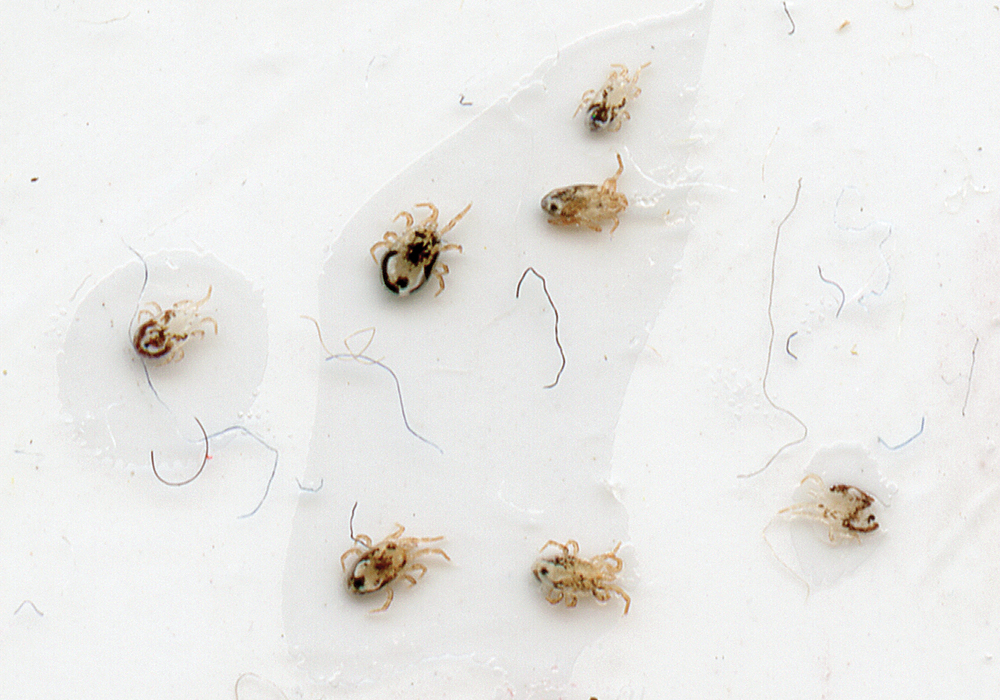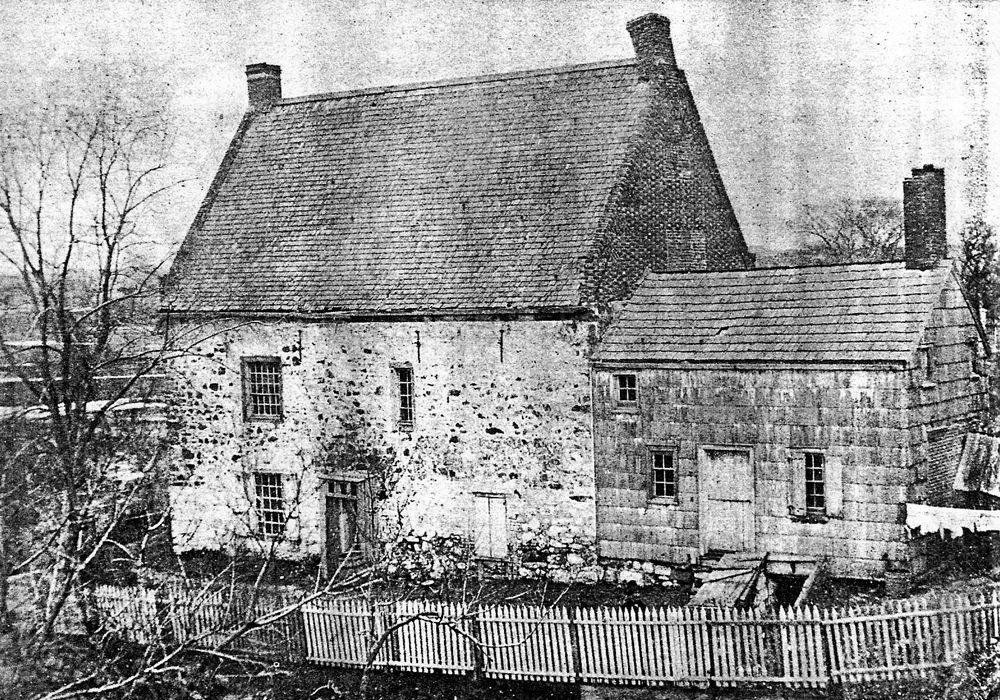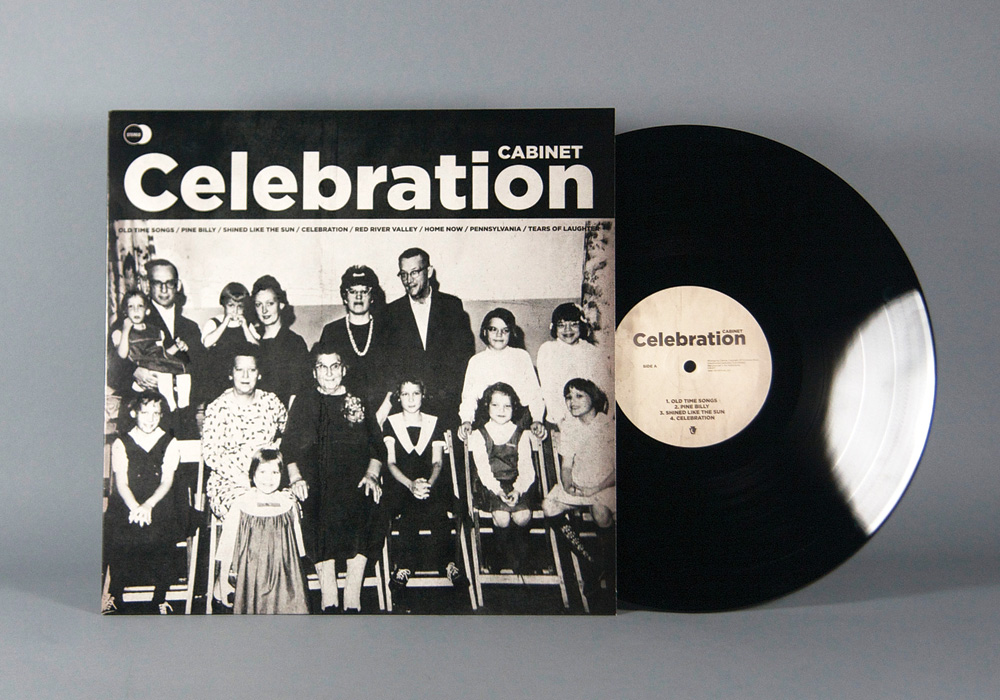Kiosk / Winter 2015–2016
In the nooks and crannies
Cabinet

We all know the expression “mite makes right,” but it had never made sense to us. How could these small creatures possibly have so much power? Some recent unsavory developments in our office, however, shed light on the truth behind this chestnut. There is a little ramshackle alleyway that flanks our office space and that has for decades been home to hundreds of pigeons. A few weeks ago, however, a pair of these birds decided to make their love nest on a wooden box right above our door. We did not notice this at first but very soon the nest’s other inhabitants announced themselves. One day, as we placed a mug of tea on a counter in our kitchen, we were horrified to find dozens of mites scurrying toward it. A few hours later, there were hundreds, and soon thousands, of the tiny creatures in our kitchen. Omnipresence is a concept that need not be reserved for God; these tiny mites were everywhere—inside our coffee canister, deep in our electrical sockets, in the pages of our books. Like a well-drilled army, the bugs waited patiently outside our refrigerator so that they could invade the moment the door opened. Known colloquially as pigeon mites, they are, it turns out, attracted to carbon dioxide, warmth, and food (especially blood). The package known as homo sapiens offers all three, and for days, our staff was covered in bites. We called an exterminator, who came and applied a “green” solution; unimpressed, the mites only grew in number, as did our bites. After a few more days of involuntary blood donations, we called the exterminator again. This time, taking note of our increasingly pitiable state, he applied a decidedly less green product, which, unfortunately for the mites and the environment, was much more efficacious. Soon the mites were down to their reserves, and one morning not long after, they had all departed. While researching these critters, we managed to capture and scan a few of them. We offer one of these rather terrifying images here so that our readers might understand, as we now do, the ancient wisdom contained in the expression “Mite makes right.”
• • •

Speaking of small bites, an expensive new restaurant called Freek’s Mill has opened across the street from our offices. Its website informs us that it is named after a mill that was located in this neighborhood in the late eighteenth century, the name referencing “a time when people in the area not only knew where their food came from, but also where it was processed.” An astute reviewer in the New York Times recently skewered this fantasy, which ignores the developed national and global trade in food and spices that existed even at that time. Did late-eighteenth-century Brooklynites really know where all their rice, pepper, sugar, or tea came from, or where they had been processed? But our attention was also directed to the old black-and-white photograph that the restaurant uses on its “About” page. Was this in fact the mysterious Freek’s Mill? If so, the structure must have survived into the era of photography. What an exciting contribution to the history of our neighborhood! Alas, a minute or so of “research” demonstrated that the image was in fact a nineteenth-century photograph of the Old Stone House, a seventeenth-century Dutch farmhouse a few blocks from here that has survived to this day and is now a well-known tourist site. We presume the owners of Freek’s Mill don’t read Cabinet, so this mild plea for them to consider using instead an image that is a little more careful about the local history in which they want to ground their business will probably go unheard.
• • •

Another group that does not read Cabinet is anyone living in Iran. Recently, Adam Jasper, editor-at-large for the magazine, was visiting that country and decided to do a very odd thing at an Internet café: try to pull up the Cabinet website. Instead, he found himself directed to a different page. It turns out that our website is banned in Iran. We can only imagine that this is because of an article we published some fifteen years ago about Tehran’s notorious Evin prison, used both by the Shah and the current regime. But what intrigued us most were the links displayed on the substitute page, which offered a range of other websites for the curious reader. These were classified by category, and we have asked a friend in Iran to click on the “cultural” link to see what the government there recommends in lieu of our publication. We will report on this in a later issue.
• • •

We may be having trouble making new friends in Iran, but not back in the United States, even if our new pals are somewhat inadvertent. We were recently puzzled to see that our Facebook and Twitter pages are getting tagged by fans of a certain bluegrass band. Why? This bluegrass band happens to be named Cabinet. We could chalk this up to coincidence, but there’s more. In 2008, we did an issue that had a section devoted to the “Underground”; in the summer of 2016, the band Cabinet played 333 feet underground inside a cave at Tennessee’s “Bluegrass Underground” festival. And that isn’t all! In 2014, we did a themed issue on the topic of “Celebration”; lo and behold, the following year the band Cabinet released an album called Celebration. We sincerely hope they don’t catch wind of our “Containers” issue before it comes back from the printer. But what is really freaking us out is that one of Cabinet’s songs is called “Old Farmer’s Mill.” Are they mind readers? This amalgam of Freek’s Mill and Old Stone House really has us spooked. Are they saying to us, in their wonderfully bluegrassy way, that it’s really okay if an old farmhouse and a mill are confused in a restaurant’s publicity materials? We hope that one day the band can come play this song at our event space right in front of the restaurant. Perhaps we can have a throwback party to celebrate Cabinet issue 14, dedicated to the theme of “Doubles.”
